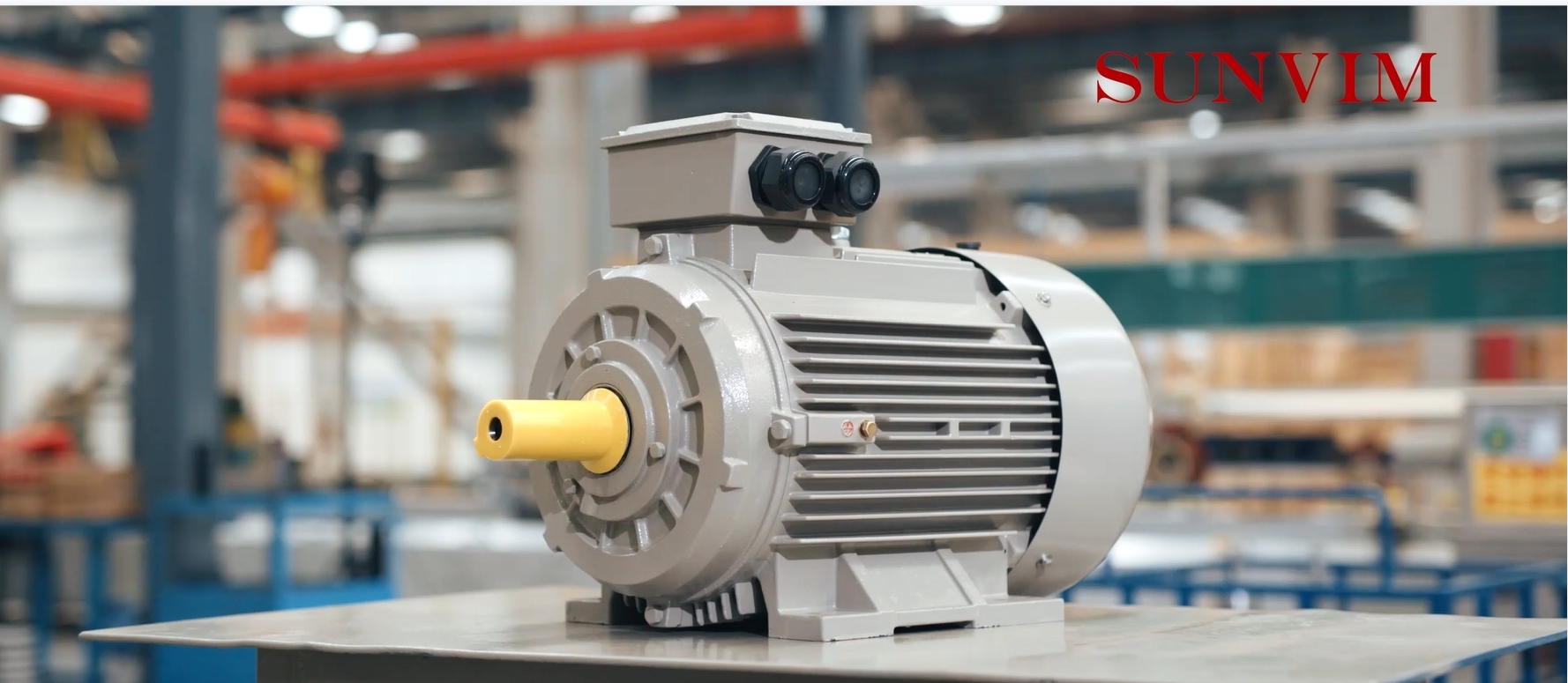Remanufacturing is a new measure currently proposed for the elimination of high energy-consuming equipment. Motor remanufacturing has once become a popular business for many motor manufacturers and repair units, and some units have specifically carried out motor remanufacturing work.
With the government’s control of high-energy-consuming motors, a large number of high-energy-consuming motors in service and not yet in use have become an urgent problem for many motor owners. However, is it more cost-effective to replace the motor with a new one or to remanufacture it? This has become a major problem for motor applications. It is an issue that the operator must weigh; and for motors that have not yet been sold, whether to scrap or remanufacture has also become a decision that must be made; there is also a very objective question, how to evaluate the performance level of remanufactured motors, and whether there is cheating. Suspected of selling dog meat? All of this also boils down to the technical and cost analysis of motor remanufacturing, as well as the problems that may be encountered in later operations!
According to the current catalog of eliminated motors, there should be a large number of Y series, Y2 series, and other motors that do not meet the level 3 energy efficiency of GB18613-2020 version. Based on the current understanding of remanufacturing technology, the original relatively low efficiency must be Larger improvements usually start with the rotor of the motor, that is, turning the outer diameter of the original cast aluminum rotor, and then using this as the basis for installing magnets to manufacture the rotor into a permanent magnet rotor. At the same time, in order to ensure the matching relationship between the motor stator magnetic field and the rotor magnetic field, the stator winding of the motor also needs to be designed.
The motor transformed through this remanufacturing technology transforms the original asynchronous motor into a permanent magnet synchronous motor. Based on the actual needs of materials, a remanufactured motor only needs to invest in rotor magnets and winding materials, but the work involved The cost will be relatively high, mainly including the cost of remanufacturing and designing the motor, changes in the original state and size of the rotor and stator, as well as the cost of remanufacturing the windings and rotor, as well as the cost of an inverter that must be equipped after the asynchronous machine is transformed into a synchronous machine.
In view of the above analysis, whether to use remanufacturing for motors is more cost-effective for batch motors, but for personalized low-volume small motors, most motor users will give up remanufacturing and purchase new machines; for those who specialize in remanufacturing, whether the manufacturing unit can bring benefits to motor owners also directly affects the possibility of undertaking business.
Post time: Sep-27-2024

